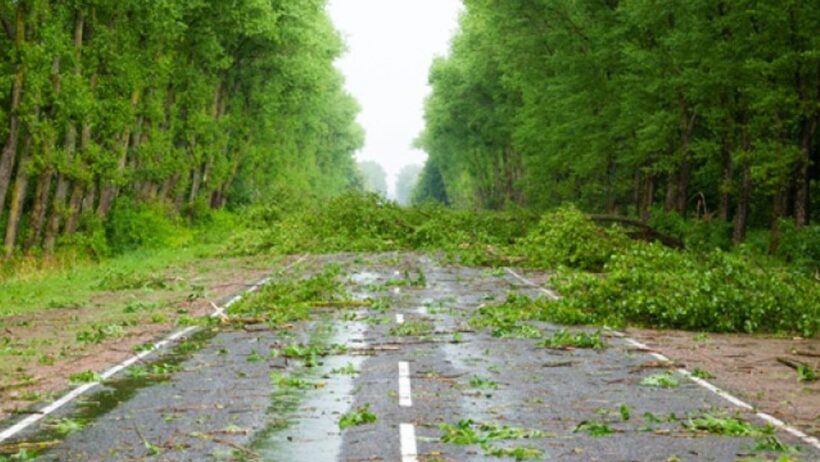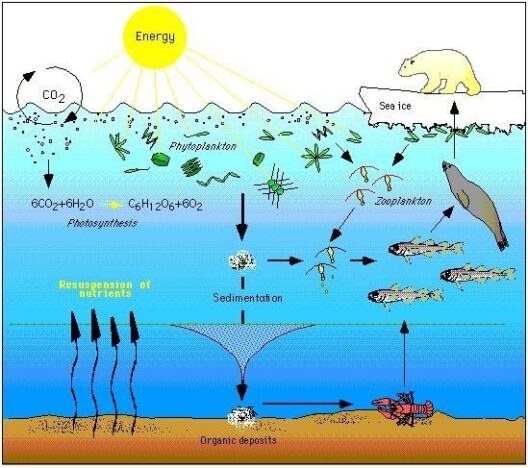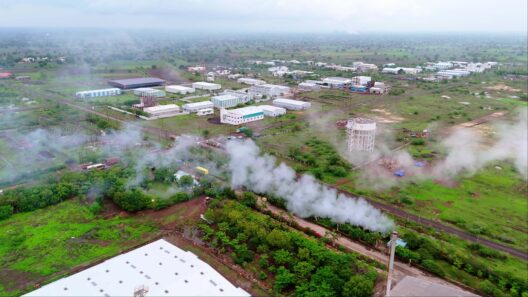As the climate crisis accelerates, a thought-provoking question emerges: could global warming cause hurricanes in unexpected places? In recent years, shifts in climatic patterns have illustrated a profound alteration of weather phenomena, leading to speculation about the future behavior of hurricanes. Though traditionally associated with the tropics, the consequences of climate change might extend their reach to areas previously deemed safe from such tempests.
Hurricanes, also known as cyclones or typhoons in different parts of the world, originate over warm ocean waters, drawing energy from the heat to develop and intensify. With global temperatures rising, the expansiveness of warm ocean waters could also expand. Theoretically, this could allow hurricanes to propagate into higher latitudes where they have historically been rare. For instance, regions like the Northeastern United States, parts of Europe, or even the coastal areas of Canada may face heightened risks of experiencing hurricanes in unusual contexts.
Research indicates that warmer sea surface temperatures correlate with an uptick in hurricane activity. The ocean absorbs much of the excess heat generated by greenhouse gases, altering local weather systems. This alteration is more pronounced in areas where the oceanic thermocline varies, adjusting the temperature at which mixing occurs within the water column. Higher temperatures not only increase wind energy but also augment the potential for storm formation. Several climatologists speculate that as these storms extend poleward, areas less accustomed to storm preparation may suffer severe consequences.
The dynamics of wind patterns also play a pivotal role in the future trajectory of these storms. The jet stream—comprising the fast-flowing air currents high in the atmosphere—has been observed experiencing unusual fluctuations linked to climate change. These changes influence the paths hurricanes may take, as variations in the jet stream can steer storms northward or even prolong their lifecycle in less favorable environments. This deviation from historical pathways introduces a paradigm shift, as communities across new landscapes must reckon with vulnerabilities they have seldom contemplated.
Could the idyllic shores of Maine or the rugged coast of Newfoundland soon contend with hurricane warnings? While the prospect may seem far-fetched, the data unveils a concerning trend. For instance, recent seasons have witnessed hurricanes brushing against regions once insulated from these dangers, inflicting unexpected devastation. Storm surges, torrential rains, and damaging winds place unprecedented stress on infrastructure built with limited regard for such possibilities, thus raising alarms about readiness and resilience.
Moreover, even in regions where hurricanes are not expected to make landfall, the fallout remains formidable. Those areas may face secondary consequences such as inland flooding, extreme weather patterns, and the amplification of pre-existing natural disasters. The interconnectivity of climate systems means that changes in oceanic temperatures will eventually percolate through the atmosphere, culminating in adverse weather events far removed from the coast. Consequently, even territories not within the direct strike zone of hurricanes must brace for their tangential effects.
The ocean’s influence on the global climate system cannot be overstated. As the reservoirs of heat expand, regions traditionally deemed immune might grapple with tropical storm systems. This revelation ignites further inquiries into how human activities have persisted in altering marine ecosystems, leading to unpredictable climatic consequences. Coastal communities and policymakers alike must consider the ramifications of these shifting weather patterns and adapt accordingly.
Additionally, while the physical toll of hurricanes is evident, the socio-economic ramifications can materialize insidiously, affecting livelihoods, local economies, and health outcomes. The potential for hurricane incursions into non-traditional territories underscores an urgent need for preemptive disaster planning. Policies that reinforce infrastructure resilience, improve emergency response systems, and invest in public education regarding climate impacts become imperative. The question then evolves: how can society equip itself to face these potential challenges?
Building a framework for adaptation entails implementing policies focused on sustainability, fostering community engagement, and integrating scientific research into urban planning. With these strategies, societies can buffer against the realities of climate change, bolstering their defenses against the unexpected. The transition from mere acknowledgment to tangible action is critical in empowering vulnerable communities throughout this metamorphosis.
Innovative technologies offer hope, such as advancements in meteorological forecasting, which allow for more precise tracking of storms and improved early warning systems. Investments in renewable energy sources can serve to diminish reliance on fossil fuels, thereby mitigating the anthropogenic impact on climate change. Transitioning toward a circular economy can further alleviate pressure on natural resources and establish a more resilient societal structure in the face of climatic challenges.
In conclusion, the strain imposed by global warming on traditional weather patterns evokes a jocular yet foreboding inquiry into whether hurricanes might soon haunt wayward pastures. This notion, once an abstract hypothesis, morphs into an increasingly pressing reality. The scope of hurricane risk appears poised to expand, beckoning our collective cognizance of preparation, adaptability, and stewardship toward safeguarding our environment. As society grapples with the ensuing uncertainties, vigilance and proactive measures will determine the resilience of communities in an era marked by profound climatic shifts.






